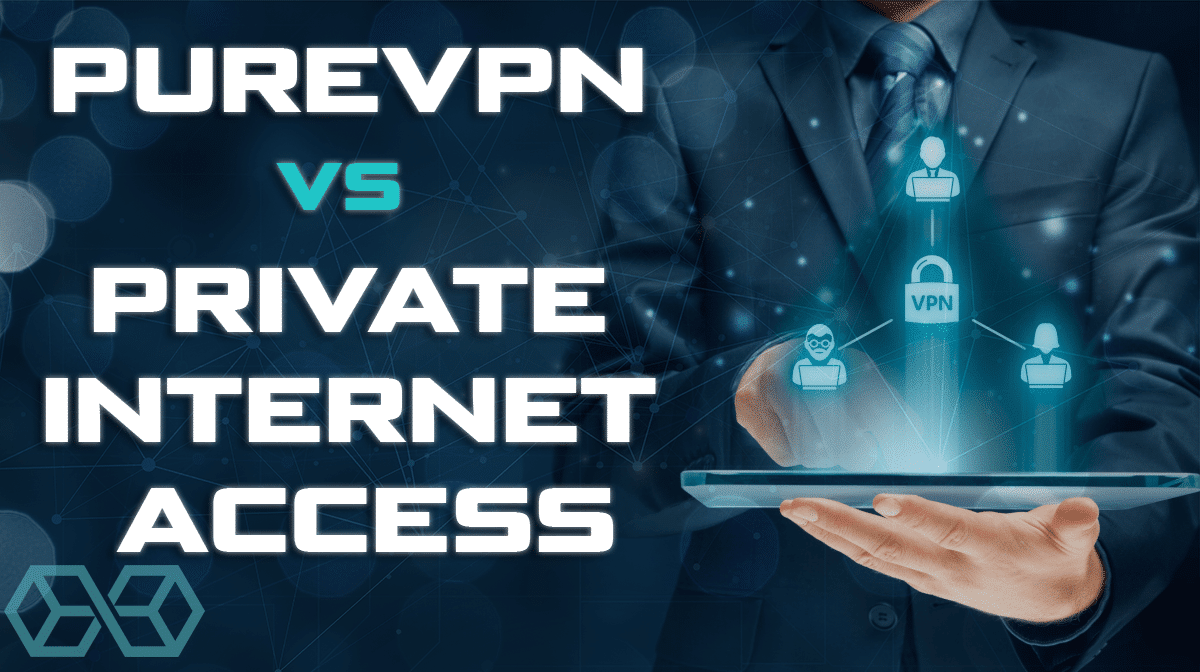
Virtual Private Network (VPN) is used to create an online security platform for social media and internet users. VPN protects users from the danger of been hacked, and monitored without foreknowledge. This implies that having a VPN security assurance is important for all internet and social media users. PureVpn was established in the year 2007 by GZ Systems Limited, a company based in Hong Kong. Meanwhile, Private Internet Access (PIA) was initially released in August 2010. It was founded by Andrew Lee, but owned by London Trust Media, with Ted Kim as the CEO. These virtual private networks are top-flight; as such, deciding the best between the duo will require some technical comparison. below in this article, we will cover PureVPN and Private Internet Access.
UPSIDES OF PureVPN AND PIA
PureVPN obviously has been around longer than PIA and can boost of more than three million users all over the world! I would say that is significant. With its extensive network coverage area of 140 locations, 180 countries, and 3 million satisfied users, PureVPN provides obtainable plans for its users. Its support for streaming will make it a wise choice for accessing content from any part of the world without the fear of a geographical barrier. Also, PureVPN has add-on features like the provision of an app for Amazon fire-stick, firewall, dedicated IP, and an official Kodi addon.
PureVPN provides its users with P2P services on some of its servers, though these services have been restricted to about eighty-six (86) servers. This enables users to share copy write content like applications, music, etc using Torrent services such as BitTorrent. This means that user’s P2P activities cannot be traced or hacked.
Private Internet Access (PIA), on the other hand, has the best internet protection and optimal speed. According to PrivacySpark test results on speed connectivity, PIA gave neck-breaking results of 78.67 Mbps download at the average and 51.39 Mbps upload speeds. For users seeking for high connectivity speed, PIA is your point of call. Another profit of PIA is that it’s unquestionably the most inexpensive service provider, i.e., it is very affordable. Its monthly tariff
is $6.95, with a six-month plan at $5.99 per month and an annual plan costs of $3.33 per month which amounts to $39.96. Furthermore, customers enjoy a 7-day reimbursement. Though both PureVPN and PIA have secure encryption protocols, PIA seems less difficult or complicated to use.
DOWNSIDES OF PureVPN AND PIA
Despite the numerous servers PureVPN possesses, the VPN still have a connectivity problem. Though with new and updated apps, users might still find it difficult to successfully connect to the desired server. For users whose interest is in high connectivity, PureVPN might not be your first point of call. Another downside of PureVPN is its sluggish speed. This happens as a result of server congestion, i.e. when you have too many people using the platform at the same time.
Private internet access doesn’t support as many features as
PureVPN does. I can say it is quite restricting which can be really boring. Unlike PureVPN, PIA doesn’t have a wide global range. Although, I can’t say the same for recognition. It probably has a geographical barrier because it is situated in the United States. PIA also doesn’t support P2P file sharing which seems selfish.
FINAL VERDICT
Except you’ve got things to really hide from the Law, PureVPN is your best shot. You are given thirty-one (31) days to call for your money if not satisfied. That should count for something. To find out more about these VPNs, you can visit here: PureVPN vs PIA








































